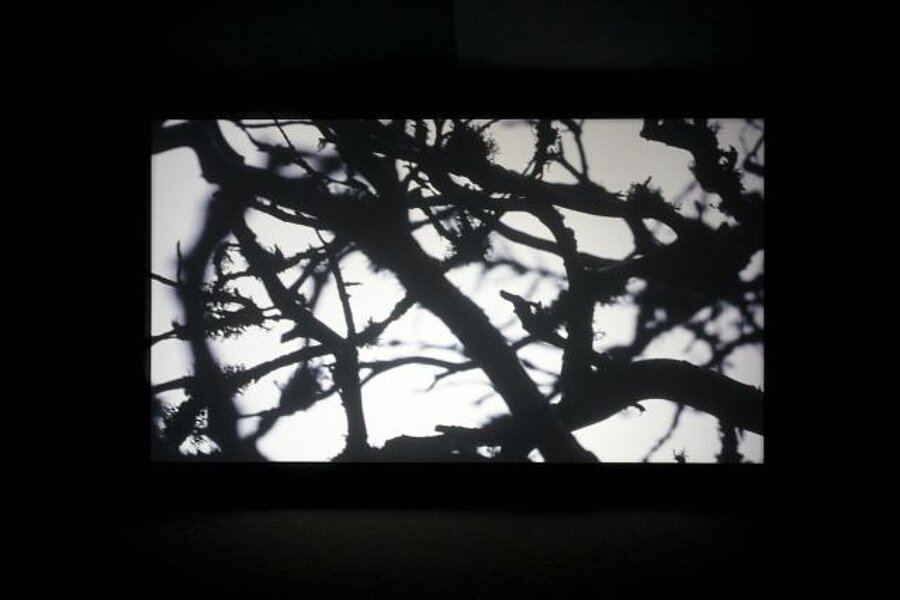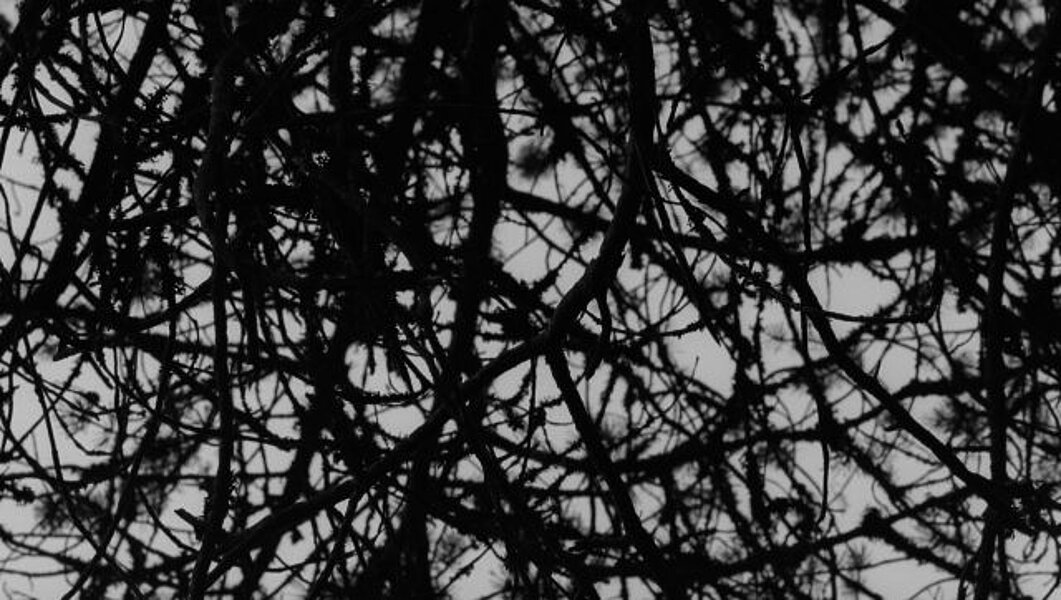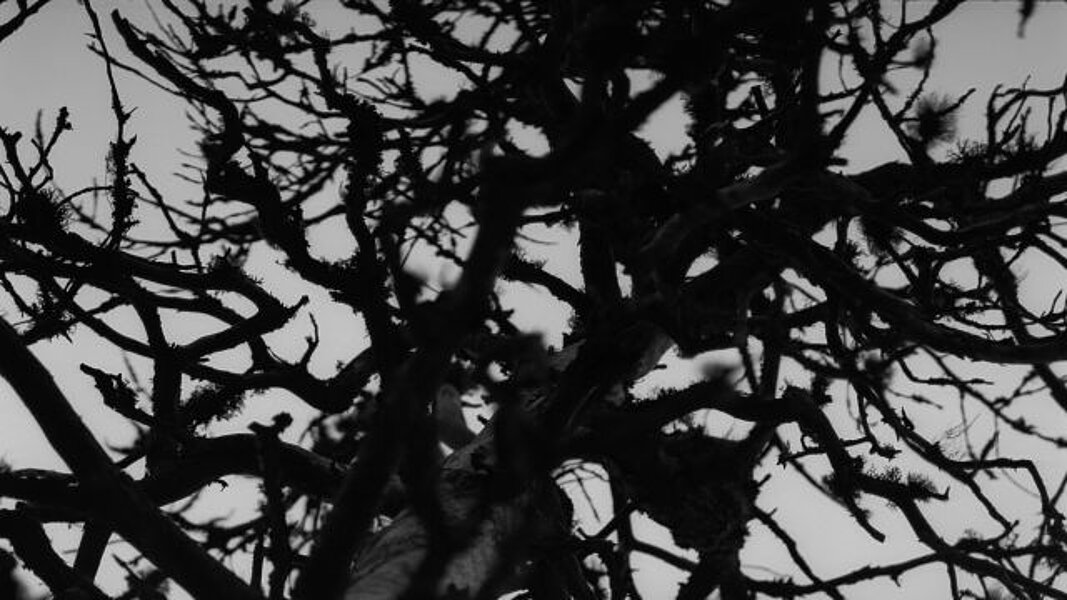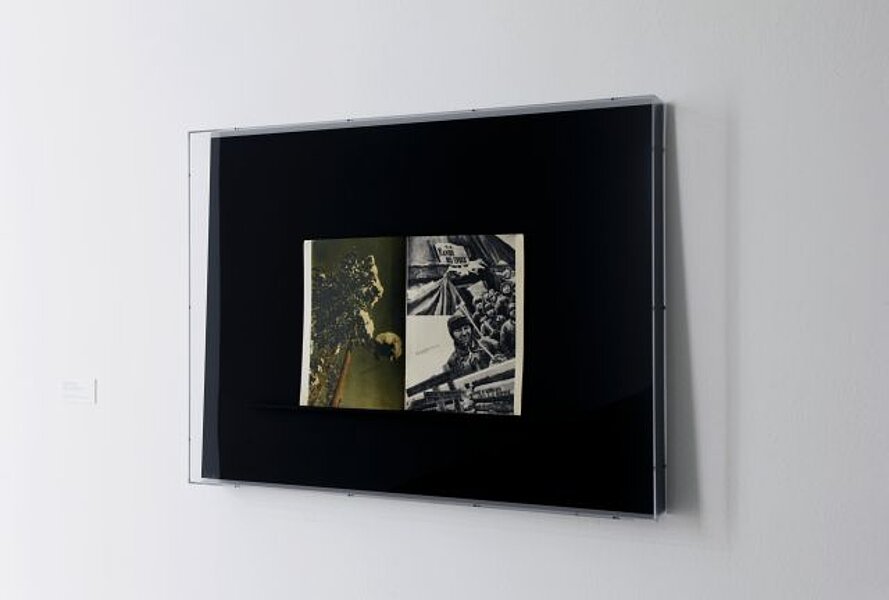
Pumhösl, Florian
Expressiver Rhythmus
2010 - 2011
| Object description | Film installation, 35mm film, color, sound, wall showcase with whipped edition of "USSR im Bau, No. 12" |
|---|---|
| Object category | Medien-Video |
| Dimensions |
Detailmaß:
height: 42 cm,
width: 120 cm,
height: 42 cm,
width: 30 cm,
depth: 0,5 cm,
height: 120 cm,
width: 160 cm,
depth: 12 cm
|
| Year of acquisition | 2011 |
| Inventory number | MAV 41/0 |
| Creditline | mumok - Museum moderner Kunst Stiftung Ludwig Wien, Geschenk des Künstlers, 2011 |
| Rights reference | Pumhösl, Florian |
| Further information about the person | Pumhösl, Florian [GND] |
Florian Pumhösl’s film installation "Expressiver Rhythmus" is based on the idea of using an abstract image as the starting point for a film. In so doing, Pumhösl refers to Alexander Rodchenko’s 1942 gouache Expressive Rhythm from 1942, which shockingly anticipates Jackson Pollock’s style of painting and is a unique testimony to links between gestural abstraction, automation, and trauma. Rodchenko’s Expressive Rhythm series was preceded by photographs he took during the 1930s in Karelia (primarily landscapes) in which questions of abstraction were also central; these provide the direct visual point of reference of Pumhösl’s film engaging with the work. The 35mm film installation is a dialog between the infernal landscapes of Karelia and the compositions of Charles Ives, in which Pollock’s notion of nature and abstraction is reflected at an earlier point of history. This work emerged in collaboration with Hannes Böck (camera) and Marino Formenti (music).
© mumok – museum moderner kunst stiftung ludwig wien



